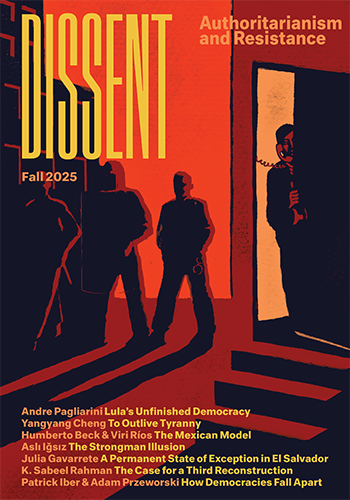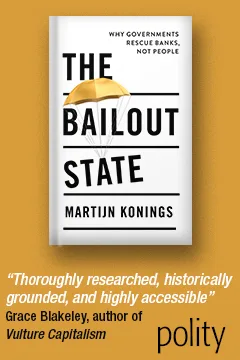British Labor’s Defeat
British Labor’s Defeat
The British elections have created only a faint stir. For once, the expected took place largely as expected. A million and a half voters who in 1945 had supported the Labor Party simply abstained from the ballot, thus allowing the solidly mobilized Conservatives to treble their margin in the House of Commons.
Within a decade since its exhilarating victory of 1945 the leading socialist party of the world has lost its political dynamism. Why this should be so has been discussed in articles that have appeared in DISSENT over the past two years; the note by William Newman in this issue, whether one agrees or disagrees (as I do) with its political emphasis, similarly points to some of the difficulties facing the British Labor Party. Here only a few words are necessary about the more immediate aspects of its defeat.
British Toryism clearly outmaneuvered Labor on all fronts. It skillfully picked both the time and the issues of the campaign. It chose a moment when the issues were blurred not only by a decided if temporary stabilization in the British economy itself, but also by an apparent world trend toward a stabilization of power relationships which passes for peaceful coexistence. What is more, Labor itself dulled the issues by its continued acceptance of what is tantamount to a bipartisan foreign policy (a meeting “at the summit,” manufacture of the H-Bomb as a deterrent to war, etc.) This may have been calculated to win the praise of American journalists as a token of “responsibility,” but was hardly a means of staking out clear issues upon which to arouse the British voters.
Still, this lack of fighting campaign material cannot by itself account for Eden’s victory. Another, perhaps more decisive element must be mentioned: the split within the Labor Party itself.
The total effect of the struggle among the three loose groups within the Labor Party was to weaken if not paralyze its campaign and to expose the confusion and uncertainty that is today characteristic of almost all its leaders, left, right or center. It is astonishing that, all things considered and not including abstentions, the actual shift in votes amounted to a mere two percent—which would indicate that the traditional loyalty of the British workers and other Labor Party supporters, while not as intense as it was ten years ago, was still there. The right wing of the party (Gaitskill and his friends) campaigned against the Bevanites; the left or pseudo-left (Bevan and his supporters) against the right wing; while the center group (Attlee and the oldsters) campaigned not at all.
The right wing, consisting of younger technicians and “managerialists” who at many points overlap with the Young Tories, used the election as a means to step up their struggle to take over the party machine. Their noisy anti-Bevanism is a barrage behind which they prepare for something more consequential: to demolish (...
Subscribe now to read the full article
Online OnlyFor just $19.95 a year, get access to new issues and decades' worth of archives on our site.
|
Print + OnlineFor $35 a year, get new issues delivered to your door and access to our full online archives.
|






